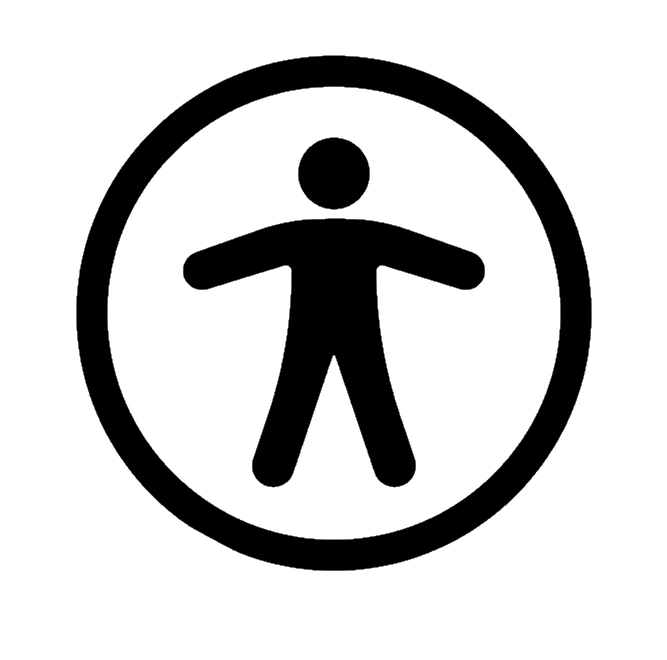Aquaphobia: Does water make you anxious?
It’s safe to assume that we all go through life with some sort of fear or anxiety. Whether it be heights, or snakes, or flying, they’re all legitimate fears that people live with. Water is one of the most common fears that people have - especially adults - and it usually stems from not being in-control once you’re in the water.
The fear that people have for water can usually be defined as Aquaphobia – and it can come with a whole range of differing symptoms. Some may feel a mild panic when looking at open water, whilst others could suffer severe anxiety when discussing matters involving liquids. It’s important to remember that all symptoms are valid and it’s likely that there are others experiencing similar - one in eight UK (non-swimming) adults live with some sort of Aquaphobia.
So, what can we do to help ease our fears and help us become more confident in the water?
BE HONEST
It’s important to recognise that you have a fear. Water is one of the most common fears worldwide and can affect anybody. Be honest with yourself and set yourself a goal to help you overcome your fear.
TRUST
It’s vital to surround yourself with positive people who are going to help you overcome your fear. Find people you can trust and let them know your goals and how you’re going to achieve them. Our great team on site would be happy to help and give any guidance on your aquatic journey.
SMALL STEPS
Small steps are needed when overcoming fears and water is no different. It may be an idea to dip your feet into the shallow end of the pool and get used to the sensation of the water hitting your skin – it will hopefully become more relaxing over time! Once you’re comfortable with your feet in, you could then ease yourself into the pool and get your feet on the pool floor. If that goes well, try splashing some water on your face or have a walk around in the pool.
FLOATING
Swimming is an essential life skill and learning to float is key to that. Try laying on your front and holding onto the side of the pool with your hands. This could take some time to feel comfortable so please don’t rush this part. When (and only when) you’re ready, it could be an idea to try with one hand, and then, eventually, try floating independently. When this becomes comfortable, you will feel a lot more relaxed in the water.
BUBBLES
A key part of swimming and water safety is learning to control your breathing. When swimming, one technique used is taking breath in with your mouth and blowing out of your nose when your face is in the water. It’s a good idea to practice this with both feet on the ground.
Feeling comfortable and being safe in the pool is just the start of a happy and positive relationship with the water. If you’d like any extra help, our swim teachers are trained to help with aquaphobia and are always on hand with any pointers or help you may need. Sign up to our Swimming and let us help you kickstart your aquatic journey.


